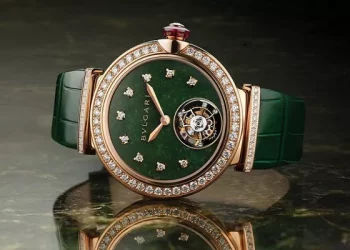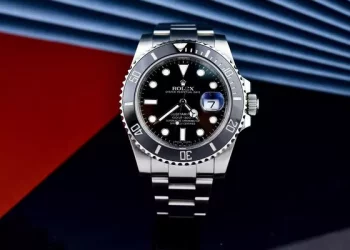Automatic watches, also known as self-winding watches, are a type of mechanical watch that doesn’t require a battery to function. Instead, they rely on the natural movements of the wearer’s wrist to keep the watch wound and running.
At the heart of an automatic watch is a tiny but complex mechanism called the escapement. This mechanism is responsible for regulating the movement of the watch’s gears and ensuring that the watch keeps accurate time.
The escapement is connected to the watch’s mainspring, which is wound up when the wearer moves their wrist. As the mainspring unwinds, it powers the watch’s movement, causing the gears to turn and the hands to move.
To keep the watch running, the escapement needs to be regularly fed with energy from the mainspring. This is where the natural movements of the wearer’s wrist come in. Every time the wrist moves, it causes a small weight inside the watch, called the rotor, to rotate. The rotor is connected to the mainspring through a series of gears, so as it rotates, it winds up the mainspring and keeps the watch running.
Automatic watches can also be manually wound by turning the crown, which is the small knob on the side of the watch that is used to set the time. This is useful for when the watch hasn’t been worn in a while and the mainspring has completely unwound.
One of the benefits of automatic watches is that they don’t require a battery, so they can last for many years with proper maintenance. However, they do require regular servicing to keep them running accurately and to prevent damage to the delicate internal mechanisms.
In conclusion, automatic watches are a marvel of engineering and craftsmanship. They are powered by the natural movements of the wearer’s wrist and can last for many years with proper care. If you’re in the market for a new watch, consider an automatic watch for its beauty, durability, and reliability.












































